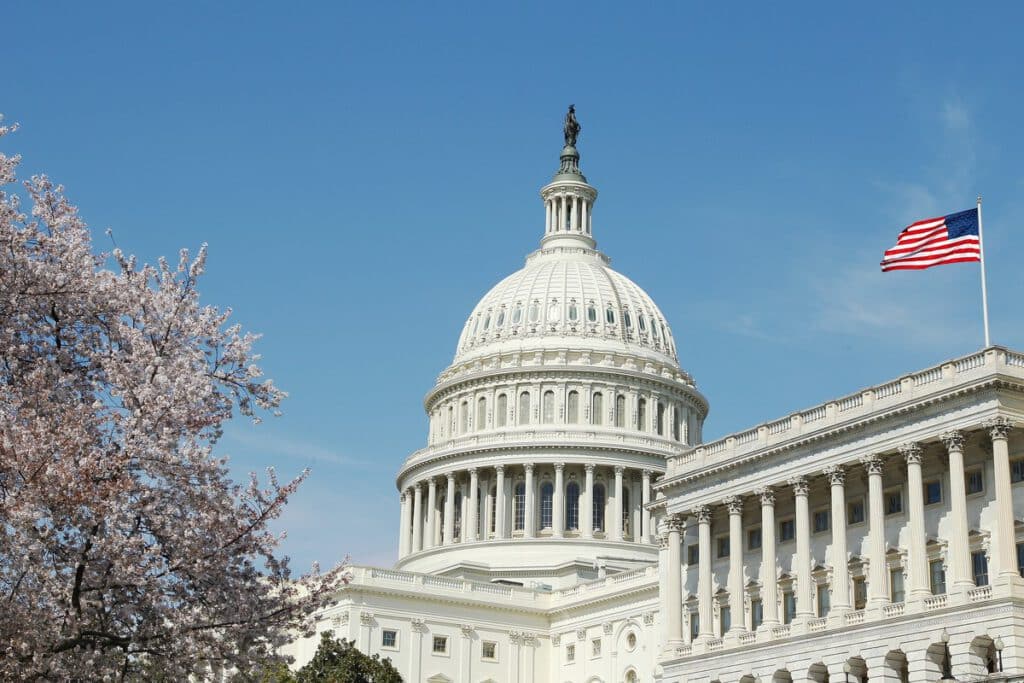General Overview of EB-5

By Joseph Barnett and Bernard Wolfsdorf
The employment-based, fifth preference (EB-5) visa category allows investors, their spouses, and unmarried children under 21 to apply for lawful permanent residence (a green card) if they make the required investment in a commercial enterprise in the United States that creates or preserves 10 permanent, full-time jobs for qualified U.S. workers.
The EB-5 program was created by the U.S. Congress in 1990 to stimulate the U.S. economy through capital investment by foreign investors and job creation. It is administered by U.S. Citizenship and Immigration Services (USCIS) within the U.S. Department of Homeland Security (DHS). USCIS has a specific office located in Washington D.C. called the Immigrant Investor Program Office (IPO) which manages the EB-5 program.
Think of EB-5 as a job creation program with an immigration benefit. To obtain the full immigration benefit (the permanent green card), jobs for qualified U.S. workers must be created. A permanent green card is not guaranteed through EB-5.
Why should I choose EB-5?
U.S. immigration law provides for nonimmigrant visa categories and immigrant visa categories. The purpose of a foreign national’s intended travel and other facts will determine what type of visa is required. Nonimmigrant visas are for international travelers coming to the United States temporarily. Immigrant visas are for travelers coming to the United States with no intent to return to one’s residence. There are several categories of immigrant visas, including family-based, employment-based, special immigrant visas that cover special types of workers or special circumstances, the yearly diversity visa program, and others.
EB-5 is an immigrant visa and provides a foreign investor (and their spouses and unmarried children under 21) the right to live and work in the United States indefinitely, without any family- or employment-based sponsorship. There are also education and employment opportunities for children that would not otherwise exist, including the ability to qualify for lower, in-state tuition at U.S. colleges and universities. There is no requirement to live near your EB-5 investment, so a foreign national can live, visit, or retire in any area of the United States.
Most visas have strict requirements that must be followed or lawful status in the United States can be lost. While there is a quota of EB-5 visas that can be issued each year, there is no lottery (like H-1B or diversity visa program) for selection to file an EB-5 application.
Additionally, even though an EB-5 investment is required to be “at risk” and there can be no guaranteed return of capital from the commercial enterprise, an EB-5 investment can lead to profit and further income for the investor. After obtaining a conditional green card, an EB-5 investor can also start and operate a business in the United States, separate and apart from the EB-5 investment.
However, EB-5 does not, by itself, provide U.S. citizenship to a foreign investor. However, a green card holder may apply for citizenship through naturalization if eligible.
Other benefits of living in the United States on a green card through EB-5 include:
- Education – access to top universities
- Healthcare – access to top hospitals
- Economic – access to U.S. real estate and stock markets, presence of Fortune 500 companies
- Environment – access to clean air and clean water
EB-5 legislation and regulation
In 1990, Congress established a quota of EB-5 visas for foreign entrepreneurs who invest a designated amount of capital in a new U.S. business and who demonstrate that their investment will create ten or more jobs for qualified U.S. workers. To qualify, an applicant at that time needed to invest $1 million in the U.S. business, but this amount was reduced to $800,000 if the investment project was in a rural area or an area of high unemployment (HUA).
The EB-5 Regional Center program was created by Section 610 of Public Law 102-395 (October 6, 1992), and was extended through September 30, 2020. As of May 2022, the investment amounts are $800,000 in a TEA and $1,050,000 elsewhere. EB-5 requirements for an investor under the EB-5 Regional Center program are essentially the same as in the “direct” EB-5 investor program, except the EB-5 Regional Center program provides for investments that are affiliated with an economic unit known as a “regional center.” These investments allow for a less restrictive job creation requirement based upon the creation of “indirect” and “induced” jobs.
Originally deemed a “pilot program,” the EB-5 Regional Center program requires the U.S. Congress to continue is authorization in order for immigrant investors to file Form I-526 petitions through a Regional Center or obtain an immigrant visa based on an approved Form I-526 petition. U.S. Congress has reauthorized the EB-5 Regional Center program over 15 times since its creation. Recently, this has been done as part of a short-term continuing resolution that keeps the U.S. federal government funded. It is likely that the U.S. Congress will continue to reauthorize the EB-5 Regional Center program based on the continued job creation and economic benefits to the United States, all at no expense to U.S. taxpayers.
General timeline of an EB-5 application
There are four steps to becoming a green card holder through EB-5.
- Submit a Form I-526 petition with USCIS.
In the past decade, the timing of Form I-526 petition adjudications has increased. It now takes at least two years for most Form I-526s to be completed, though processing varies based on the type of EB-5 project (“direct” v. regional center) and how complicated the “source of funds” are for the EB-5 investment.
- Once the Form I-526 is approved and the priority date is current, either submit an application for adjustment of status (Form I-485) with USCIS, if lawfully in the United States, or submit an application for an immigrant visa (Form DS-260) with the Department of State (DOS).
The Immigration and Nationality Act limits the number of visas that can be issued to nationals of any one country. For Chinese and Vietnamese EB-5 investors, there is a backlog for EB-5 visas which impact when an immigrant investor can apply to obtain conditional green card status. These backlogs increase the amount of time an EB-5 investment is required to be sustained and the amount of time prior to being eligible to apply for citizenship through naturalization.
- Upon approval of the Form I-485 or upon admission into the United States with an immigrant visa, the EB-5 investor is granted two-years of conditional permanent resident status.
- A Form I-829 petition to remove the conditions on the green card status must be filed at the end of the two-year conditional period. If the immigrant investor has fulfilled the EB-5 requirements, then the conditions will be removed, and the alien will be a permanent green card holder.
In the past decade, the timing of Form I-829 petition adjudications has also increased. It can take at least two years for most I-829s to be completed. Upon a timely submission of a Form I-829, an immigrant investor’s conditional green card status is extended until USCIS adjudicates the petition.
EB-5 STATISTICS
Although EB-5 was created in the early 1990s, its popularity did not occur until the “Great Recession” in 2008, when banks and financial institutions were less inclined to invest in real estate development projects. U.S. developers and businesses turned to EB-5 as a source of low-cost capital.
In fiscal year 2008, USCIS received 1,258 Form I-526 petitions. From fiscal year 2014-2017, USCIS received nearly 50,000 Form I-526 petitions. Form I-526 approval rates have ranged from as low as 79% to as high as 92% in the past ten years.
Notably, the number of Form I-526 filings has dropped off since USCIS increased the minimum investment amount in November 2019 to $900,000.
Approval rates for Form I-829 petitions are strong. In the past five years, the approval rate has consistently been over 90%.
In fiscal year 2019, DOS issued 7,889 EB-5 visas. Nationals from the following countries received the most EB-5 visas:
- Mainland China
- Vietnam
- India
- South Korea
- Taiwan
- Brazil
- South Africa
- Germany
- Mexico
- Japan
- Nigeria
The EB-5 program has become a vital economic development tool in the United States, providing funding for U.S. businesses and creating jobs for qualified U.S. workers. Between 2008 and 2015, over $20 million in foreign direct investment was transferred to the United States through EB-5, creating over 700,000 U.S. direct and indirect jobs, at no cost to the American taxpayer.
Read about the next step in the EB-5 process: EB-5 Requirements







